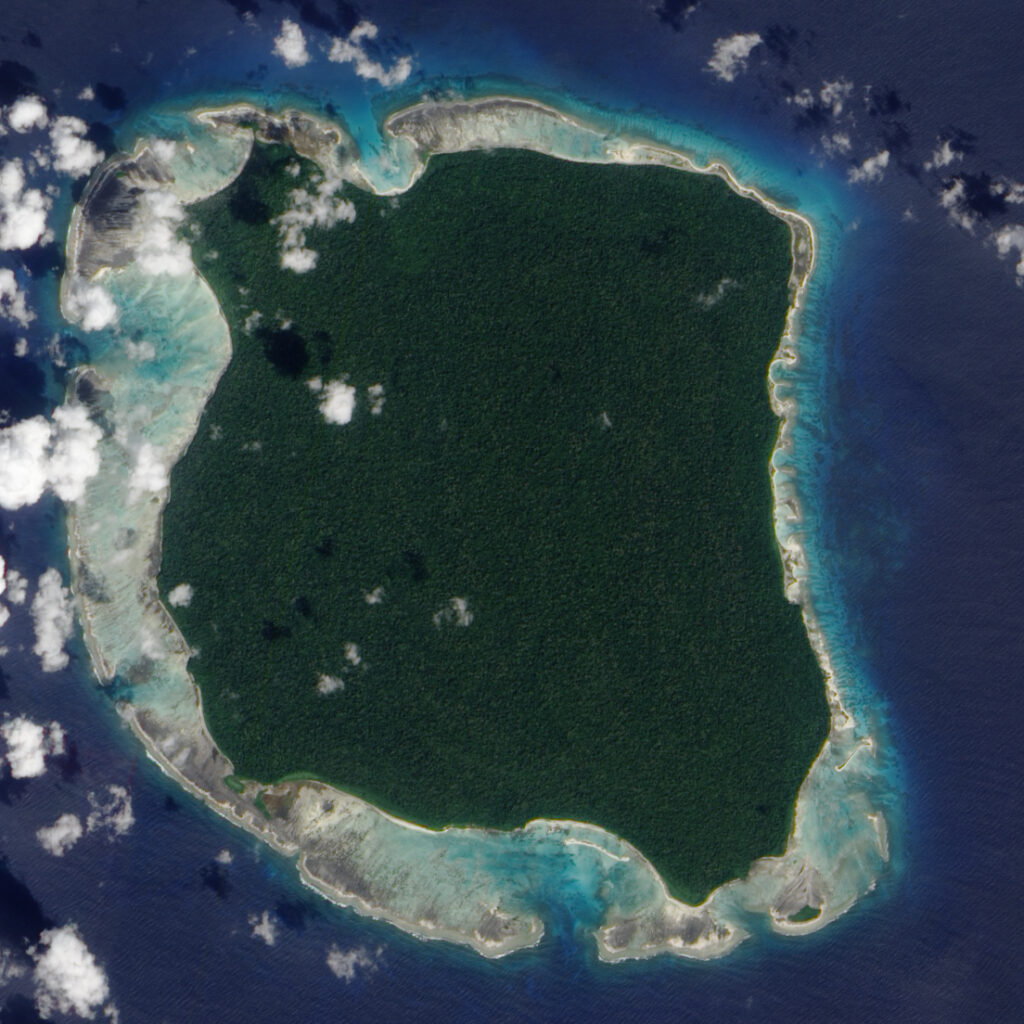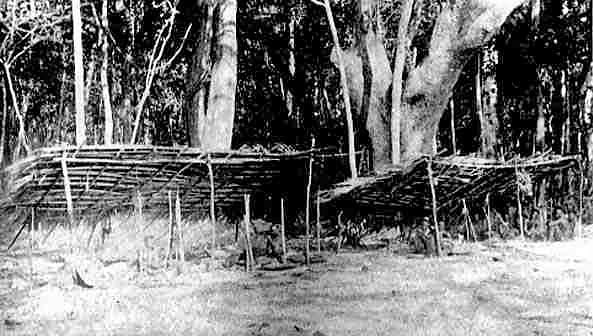Over the course of the last few millennia, mankind has undergone rapid development that has spawned many things that we consider to be vital to society, whether it be agriculture or iPhones. However, amidst the rush for improved technologies, some groups have managed to remain rooted in the past and continue to live life similar to how humanity did many thousands of years ago, namely the people of the North Sentinel Island in the Indian Ocean. These people have remained in isolation for 60,000 years of history, save for a few encounters with anthropologists and colonial-era ships, but are incredibly hostile towards any intruders on their island (McDougall, 2006). Regardless, these people have proven interesting to anthropologists for many reasons, including their genetic relation to “their pre-Neolithic ancestors” and the clues they could hold to deciphering more about ancient humanity (McDougall, 2006). The only known visit to their island reported that there were “a group of huts […] with a carefully-tended fire outside each one,” which could provide an accurate picture of ancient human settlements and allow us to better understand other archeological finds around the world and provide more context to the use of bioarchaeological techniques to understand the cultures of ancient peoples (Smith, 2018). By using a current and intact example of a pre-Neolithic village and lifestyle, we can compare, and contrast knowledge gained from the North Sentinelese to the bodies and archaeological sites found from other civilizations to gain better insight into their traditions and practices. However, we know a few things about this group that can aid research, particularly the existence of burial practices within their society. These practices have been observed a few times, but most notably with intruders they have killed and gifts they have buried. After killing two Indian fishermen in 2006, they were buried in “shallow graves” in the sand of the island’s beach (McDougall, 2006). A similar treatment was also given to the pigs and toy doll that were given as a gift to the Sentinelese in the 1970s (Survival International). This indicates that this group displays at least some modicum of reverence for some objects and the dead, some of which aren’t even their own people or species, and could point to the existence of possible religious practices and ceremonies. These practices could be used to contextualize similar practices of other island peoples and allow us to gain a better understanding of their processes and spiritual reasons regarding burial rites. Research on these peoples would open a window to humanity’s past that could unlock many secrets about our development, however many question whether that is worth the disruption and likely decimation of an entire indigenous peoples. Ultimately, many have decided that the price is not worth this and elected to cease sending anthropologists to the island in 1996 (Survival International).


Other Readings
History of North Sentinel Island: https://historydaily.org/the-little-known-history-of-north-sentinel-island-untouched-by-modern-civilization/4
Anthropological Visits to the Island: https://economictimes.indiatimes.com/news/politics-and-nation/surprised-the-sentinelese-killed-someone-first-anthropologist-to-enter-north-sentinel-island/articleshow/66787948.cms?from=mdr
Works Cited
International, Survival. “Sentinelese.” Survival International. Accessed October 1, 2023. https://www.survivalinternational.org/tribes/sentinelese#:~:text=The%20men%20carry%20spears%2C%20bows%20and%20arrows.&text=Although%20commonly%20described%20in%20the,have%20been%20in%20the%20Andamans.
McDougall, Dan. “Survival Comes First for Sentinel Islanders – the World’s Last ‘stone-Age’ Tribe.” The Guardian, February 12, 2006. https://www.theguardian.com/world/2006/feb/12/theobserver.worldnews12.
Smith, Kiona N. “Everything We Know about the Isolated Sentinelese People of North Sentinel Island.” Forbes, September 12, 2023. https://www.forbes.com/sites/kionasmith/2018/11/30/everything-we-know-about-the-isolated-sentinelese-people-of-north-sentinel-island/?sh=541711ce35a0.
Khan, Tanveer. “North Sentinel Island: Home to an Uncontacted, Hostile and Primitive Tribe.” STSTW Media – Unusual stories and intriguing news., November 20, 2019. https://www.ststworld.com/north-sentinel-island/.
“North Sentinel Island.” Wikipedia, September 20, 2023. https://en.wikipedia.org/wiki/North_Sentinel_Island.

You note briefly the hostility the North Sentinelese held toward intruders. What was the interaction like, and how did both parties respond? Would there have ever been a more ethical and/or sentient way of approaching the Sentinelese people? Why or why not? What knowledge do we have of these people/this community today, and have anthropologists conducted more fieldwork and/or ethnographies since 1996?